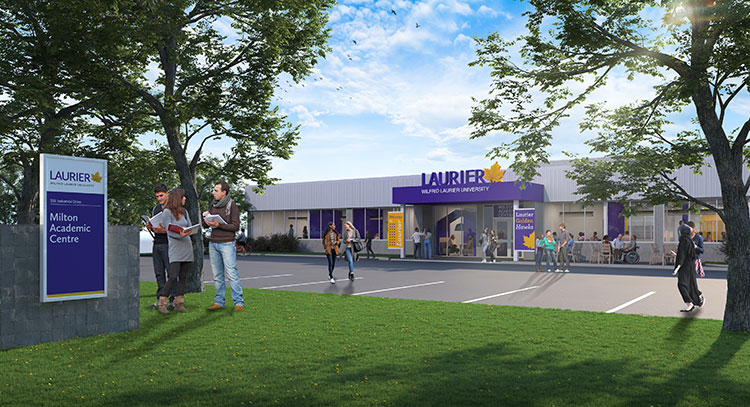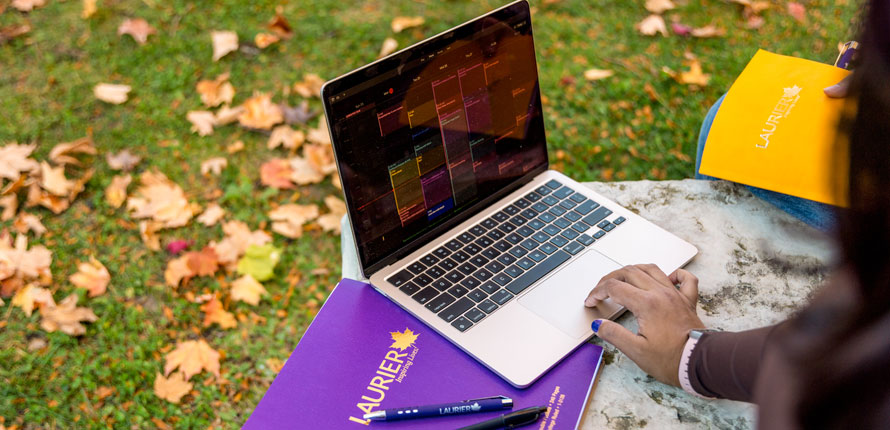
Nadjiwan Kaandossiwin Gamik (Beautiful Place of Learning)
Thanks to generous philanthropic investment, Lucinda House was renovated into an enhanced Indigenous Student Centre on Laurier’s Waterloo campus. This beautiful space provides a place where Laurier’s Indigenous student community can participate in ceremony and activities; where Laurier can demonstrate its commitment to Indigenous culture and learning, and to Indigenous students’ success; and where Indigenous students can find a “home away from home.”
Laurier offers gratitude to the Lyle S. Hallman Foundation, the Students’ Union, the Wilfrid Laurier University Alumni Association, Ken Flood and the Wilfrid Laurier University Graduate Students’ Association for their significant gifts in support of this project.




















